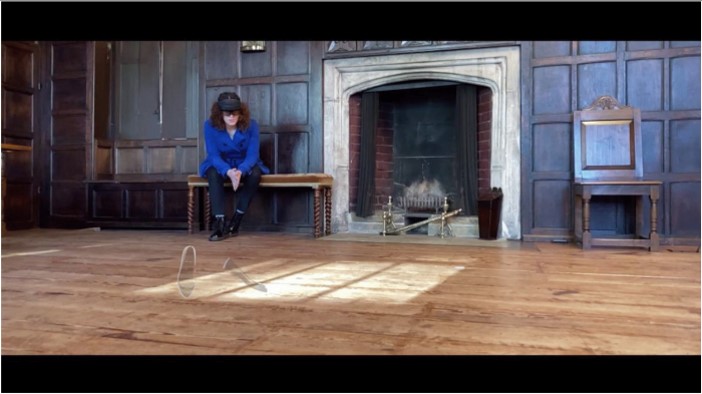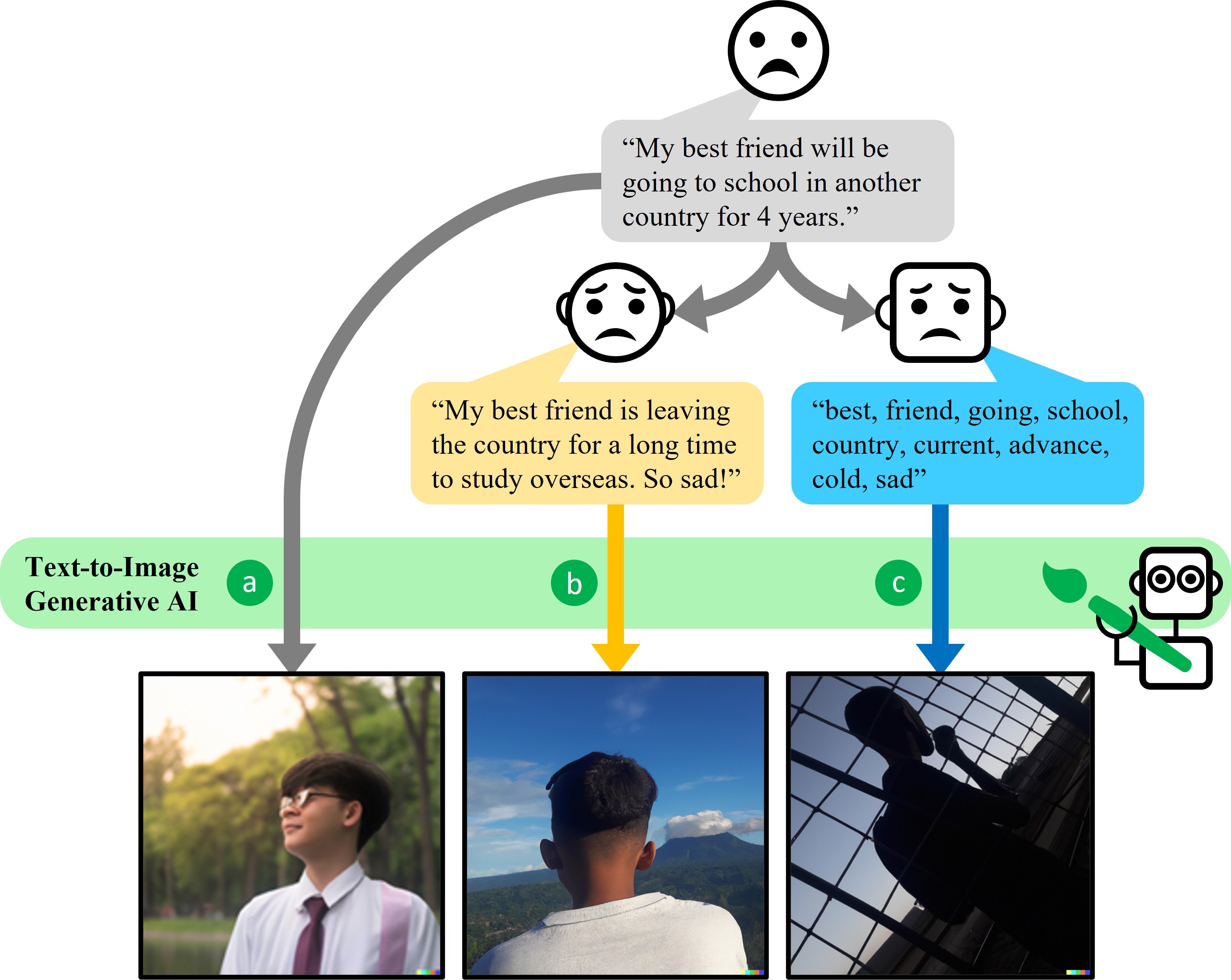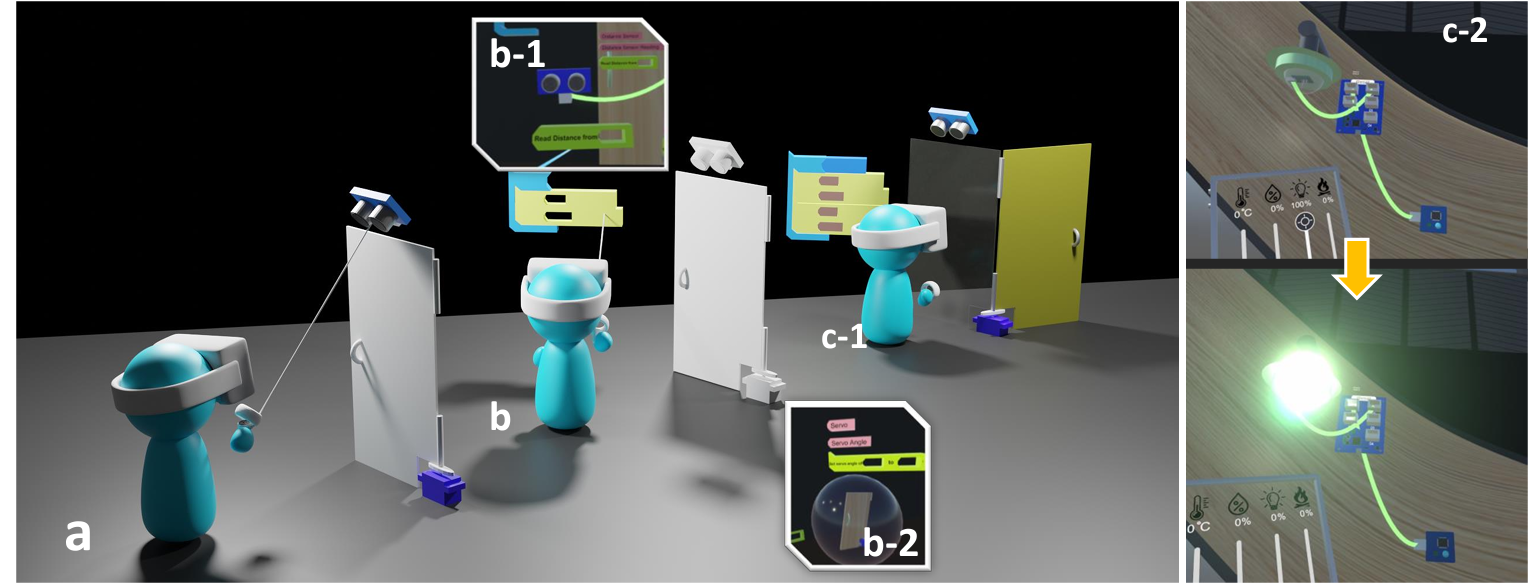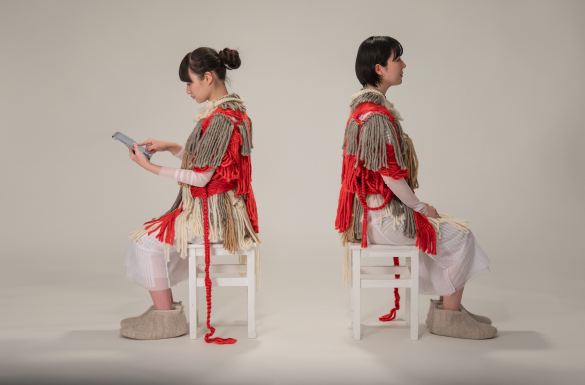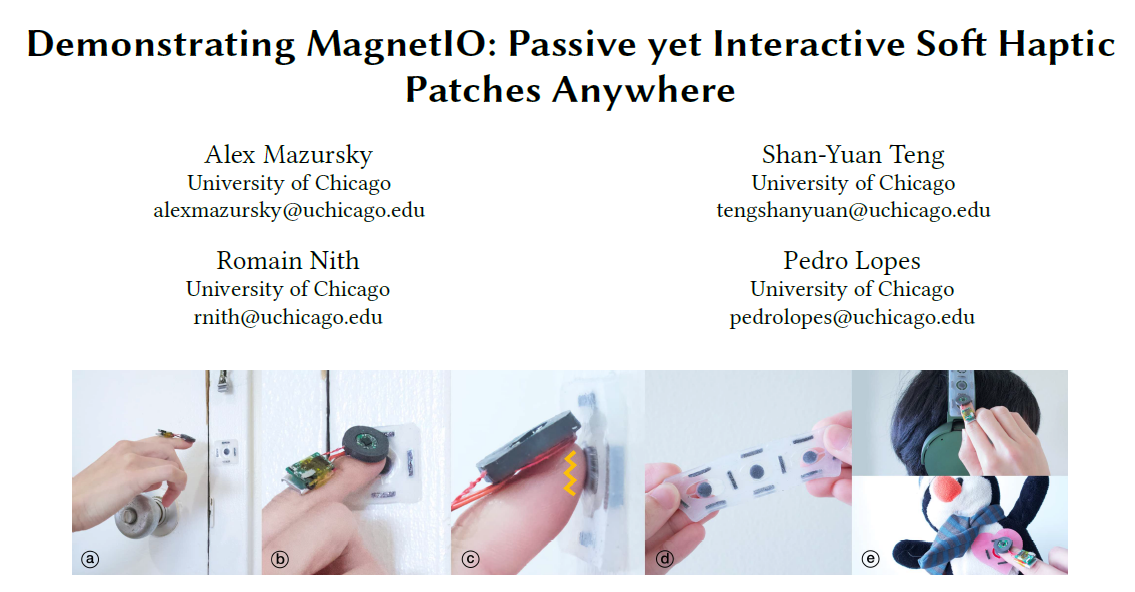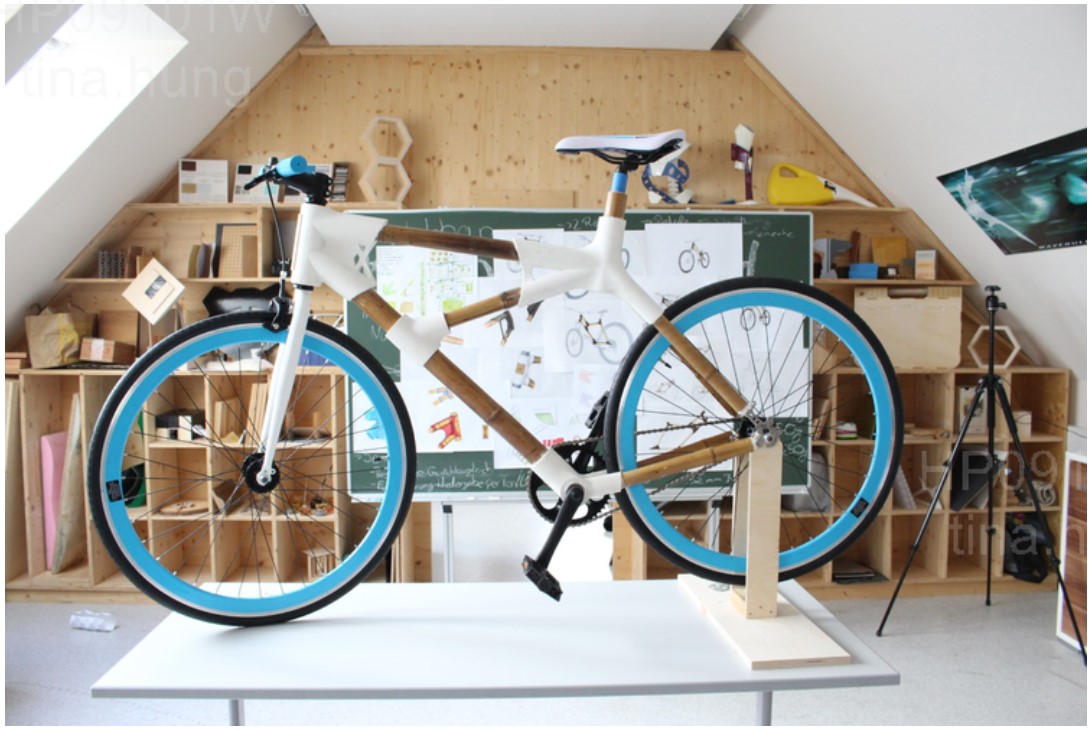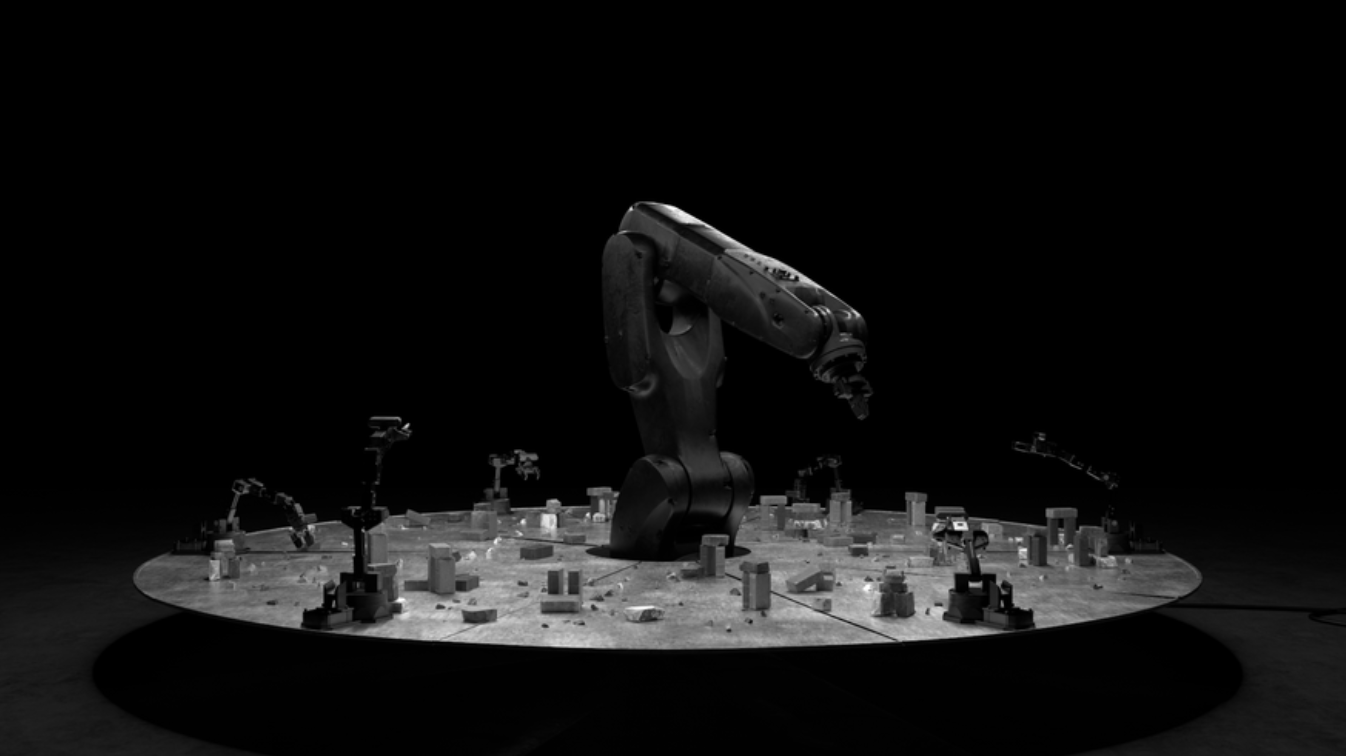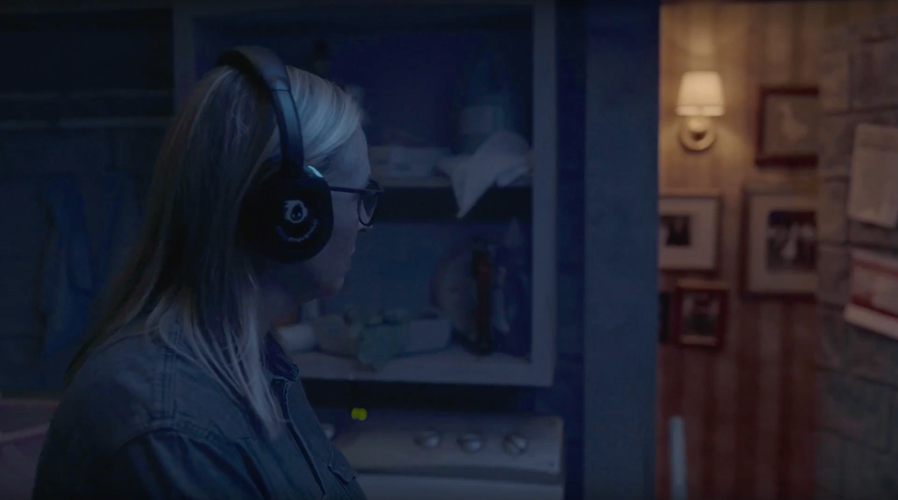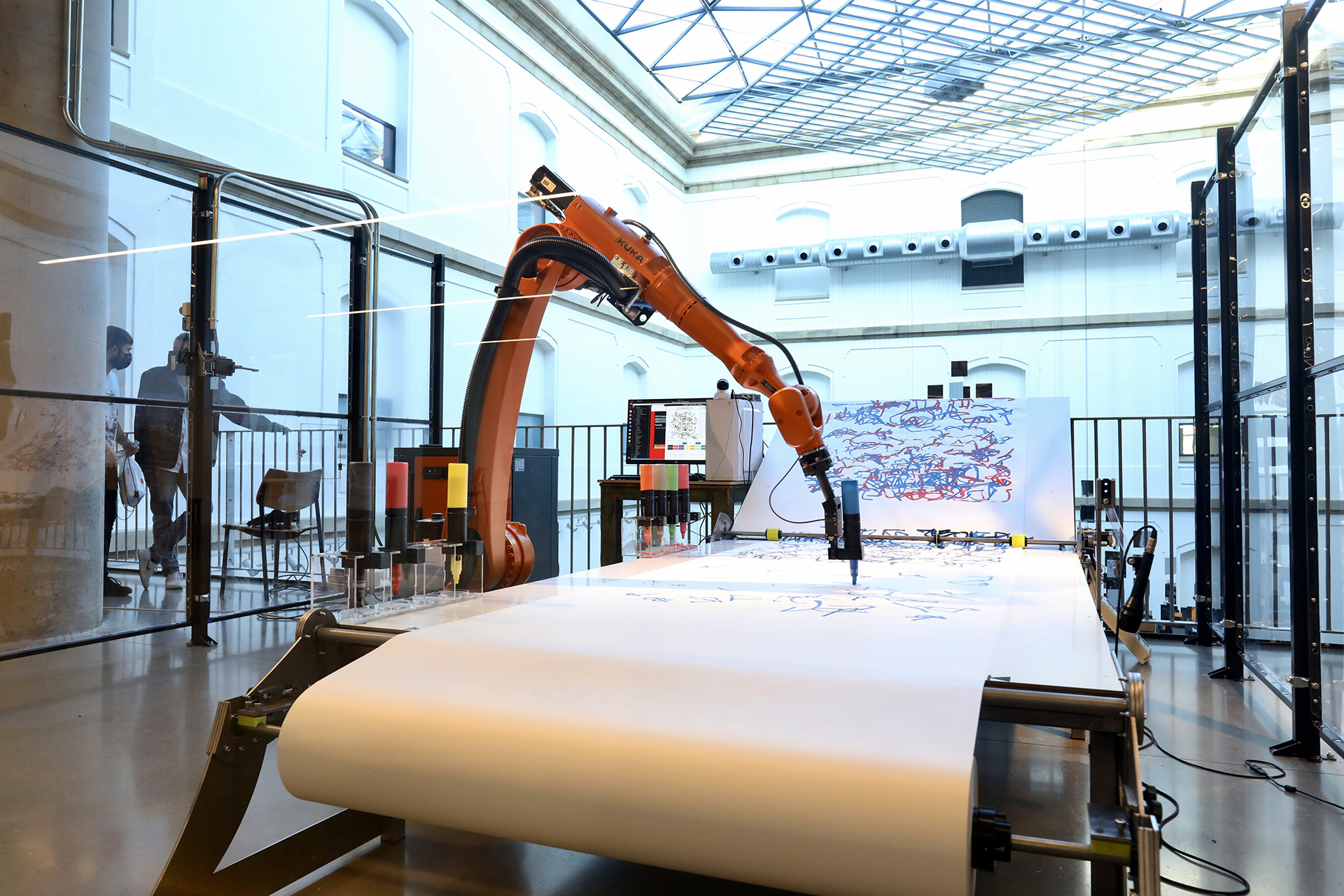論文名稱:Wander: An AI-driven Chatbot to Visit the Future Earth
論文作者:Yuqian Sun, Chenhang Cheng, Ying Xu, Yihua Li, Chang Hee Lee, Ali Asadipour
論文來源:ACM MM’22 https://dl.acm.org/doi/10.1145/3503161.3549971
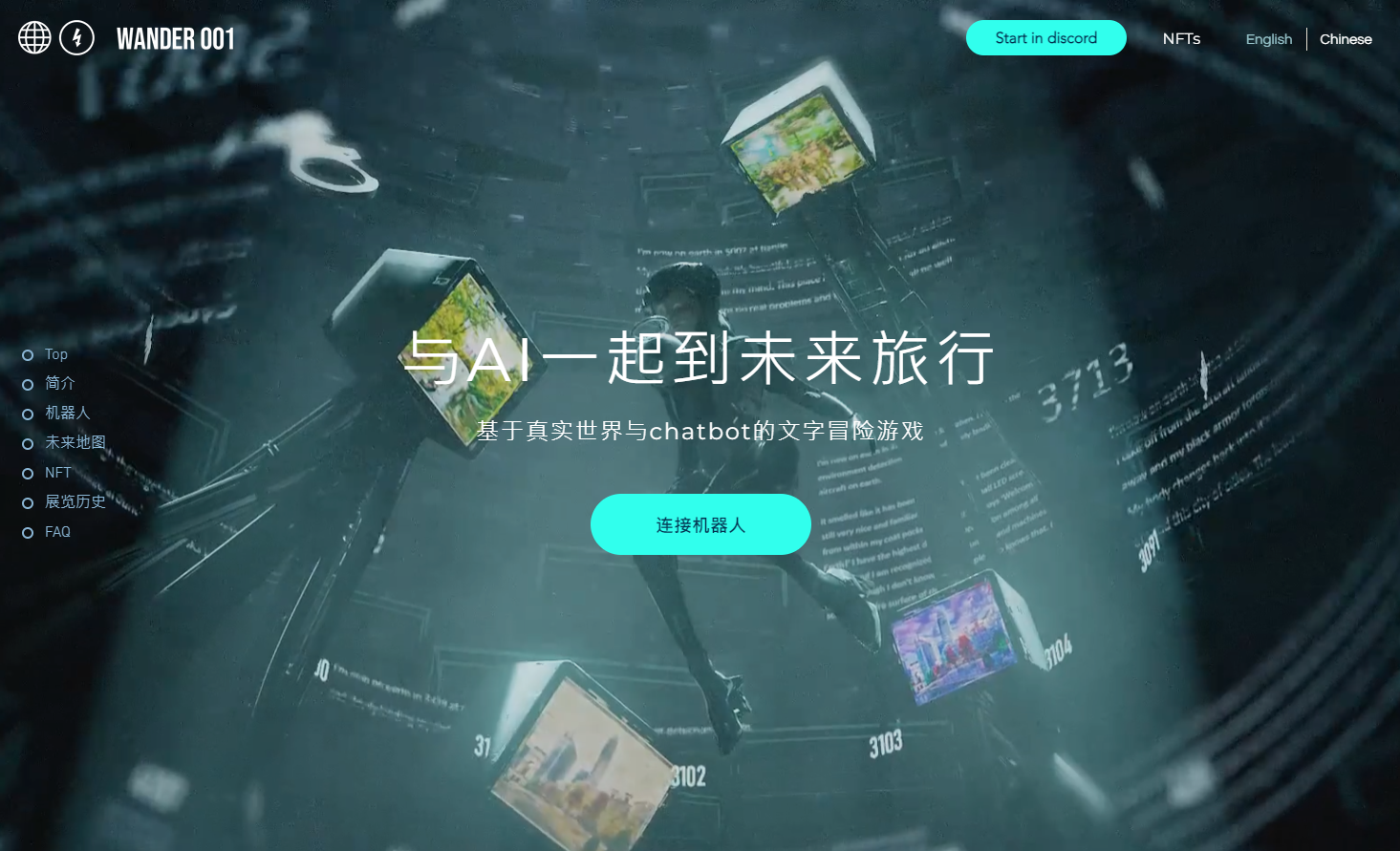
Abstract
This artwork presents an intelligent chatbot called Wander. This work used knowledge based story generation to facilitate a narrative AI chatbot on daily communication platforms, producing interactive fiction with the most accessible natural language input: text messages. On social media platforms such as Discord and WeChat, Wander can generate a science-fiction style travelogue about the future earth, including text, images and global coordinates (GPS) based on real-world locations (e.g. Paris). The journeys are visualised in real-time on an interactive map that can be updated with participants’ data. Based on Viktor Shklovsky’s defamiliarization technique, we present how an AI agent can become a storyteller through common messages in daily life and lead participants to
see the world from new perspectives. The website of this work is:
https://wander001.com/
keywords : Intelligent Interactive System, Co-creative AI, Chatbot, Metaverse, Gaming

